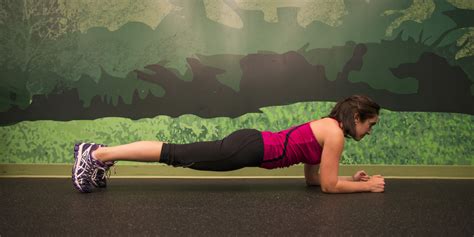
If you’re looking for a quick and efficient workout that will boost your endurance and challenge your entire body, look no further than the burpee. Often underestimated, the burpee is a full-body exercise that targets your chest, arms, legs, and abs.
But don’t worry, you don’t have to stick to the traditional burpee to reap the benefits. Here are five variations that will take your burpee game to the next level:
- Jumping burpee: This variation adds a plyometric element to the burpee by incorporating a jump at the top of the movement. To perform a jumping burpee, begin in a standing position, then drop down into a plank position, perform a push-up, jump back to your feet, and jump up into the air with your arms raised above your head.
- Tuck jump burpee: This variation adds a tuck jump at the end of the movement for an extra challenge. To perform a tuck jump burpee, begin in a standing position, then drop down into a plank position, perform a push-up, jump back to your feet, and then jump up and tuck your knees into your chest.
- Frog jump burpee: This variation adds a frog jump at the end of the movement for even more intensity. To perform a frog jump burpee, begin in a standing position, then drop down into a plank position, perform a push-up, jump back to your feet, and then jump up and bring your knees out to the sides, like a frog.
- Clapping burpee: This variation adds a clap at the top of the movement for added explosiveness. To perform a clapping burpee, begin in a standing position, then drop down into a plank position, perform a push-up, jump back to your feet, and then jump up and clap your hands above your head before landing back on the ground.
- Box jump burpee: This variation adds a box jump at the end of the movement for even more plyometric intensity. To perform a box jump burpee, begin in a standing position, then drop down into a plank position, perform a push-up, jump back to your feet, and then jump up onto a box or bench before landing back on the ground.
Incorporating these variations into your workout routine will help improve your full body conditioning and endurance, and can be easily modified to suit your fitness level. And Jean Paul Rivas can help you perfect your burpee technique and provide guidance on which variations are right for you. So why not give these burpee variations a try and see the benefits for yourself?




